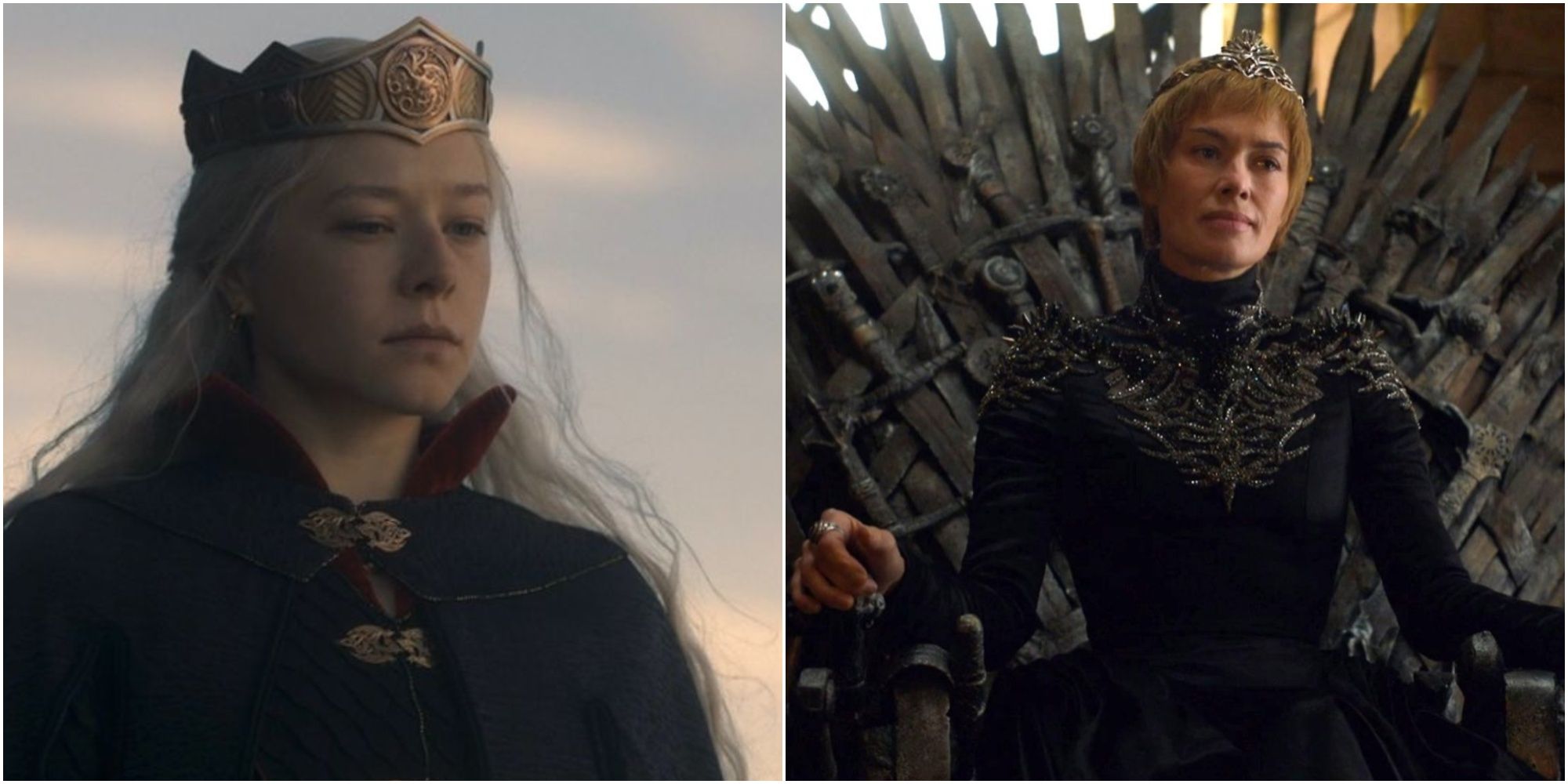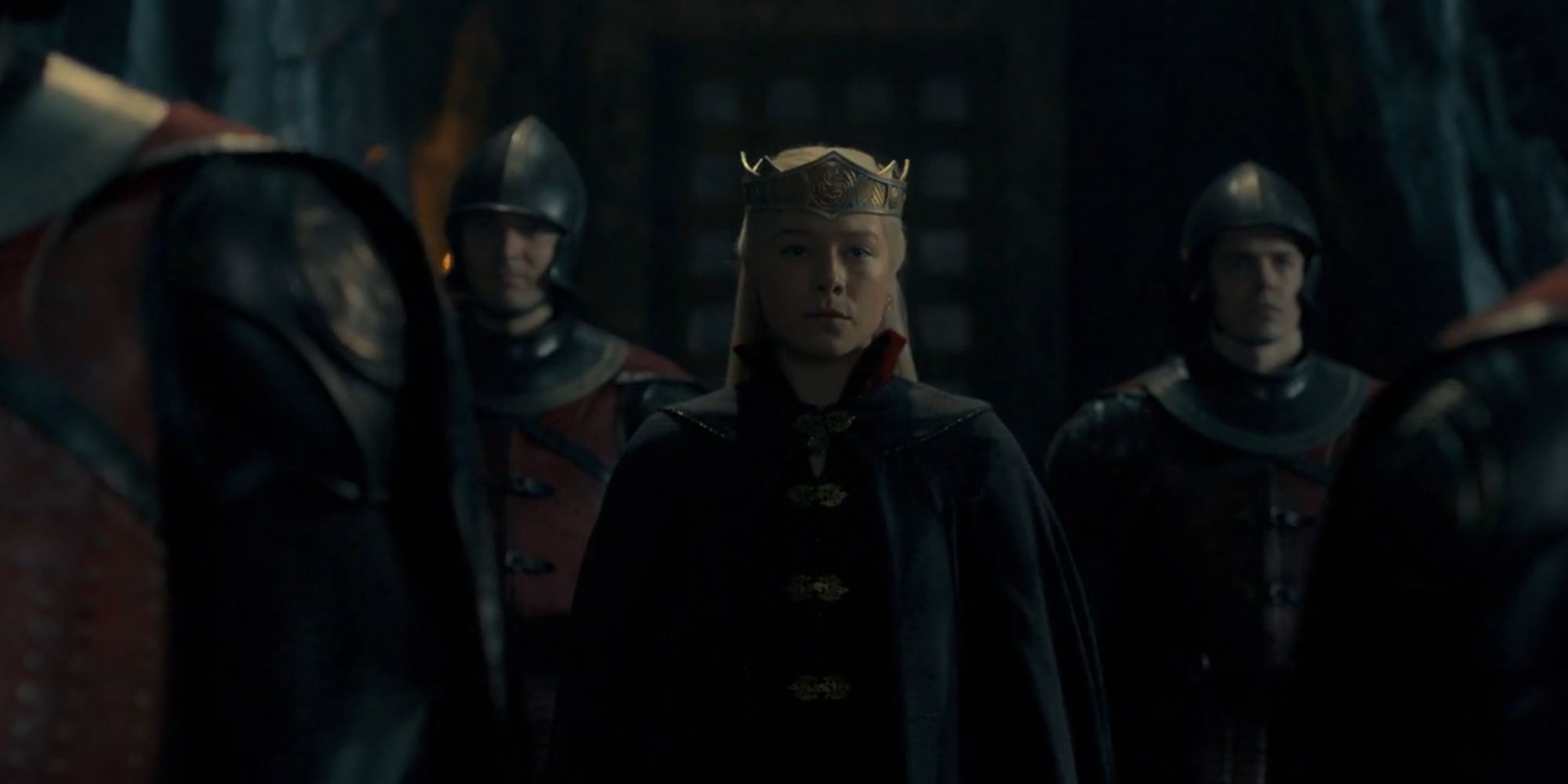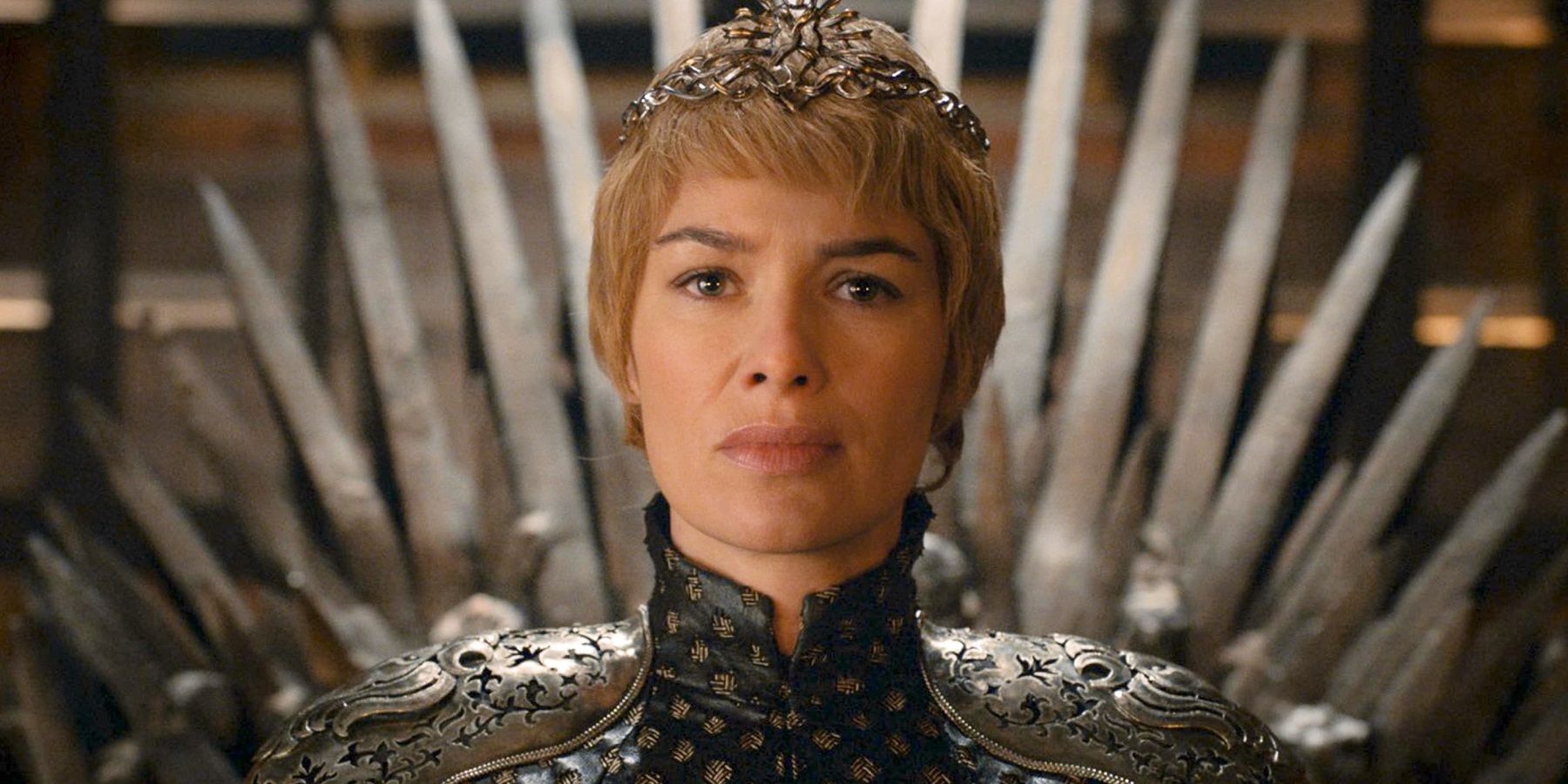
The Ultimate Guide to the Women Who've Ruled the Seven Kingdoms in Game of Thrones

Discover the powerful queens who have taken the Iron Throne in the Game of Thrones universe Learn about the complex characters of Rhaenyra Targaryen, Cersei Lannister, and Daenerys Targaryen who have each ruled over the Seven Kingdoms
Throughout the history of the Seven Kingdoms on Game of Thrones, male monarchs have predominantly held the throne. From Aegon I Targaryen, who united six of the Seven independent Kingdoms, to Bran Stark, the line of succession has been dominated by males. Whenever a queen lays claim to the Iron Throne, the world of Thrones becomes unsettled. Princess Rhaenyra Targaryen and Daenerys Targaryen both contested the Throne, and the female succession was met with hostility. HBO's House of the Dragon explores the topic of female succession, presenting diverse opinions on the matter. In season 1 episode 1, "The Heirs of the Dragon," Jaehaerys I Targaryen convenes the Great Council of 101 AC to choose an heir. Despite having the strongest succession claim, Jaehaerys' eldest descendant, Princess Rhaenys Targaryen, is overlooked in favor of a male ruler, and thus becomes known as "the Queen Who Never Was." Similarly, Viserys Targaryen's succession is put under the microscope by his Small Council, who suggest naming Rhaenyra the heir. However, Lord Lyonel Strong sharply remarks, "No Queen has ever sat the Iron Throne."
Rhaenyra Targaryen
After King Viserys I Targaryen declared Rhaenyra as his heir, he summoned the lords of the Seven Kingdoms to swear fealty to her. However, her younger half-brother, Aegon Targaryen, challenged her claim to the Iron Throne, leading to the bloody civil war known as the Dance of the Dragons. Aegon II Targaryen's coronation as king in House of the Dragon season 1, episode 9, "The Green Council," was seen as an act of defiance by Rhaenyra's supporters and was considered treasonous as it went against Viserys I's decree. Despite being crowned queen and sitting on the Iron Throne for roughly half a year, Rhaenyra's reign was plagued by instability and ultimately ended in her demise during the Dance of the Dragons.
Cersei Lannister
HBO
After eliminating her biggest enemies and witnessing her last remaining child's suicide, Cersei Lannister was crowned as the first official queen regnant of the Seven Kingdoms in Game of Thrones season 6, episode 10, "The Winds of Winter." Despite the pin-drop silence in the throne room during her coronation, the lords and ladies chanted "Long may she reign!" out of fear for her wrath. However, her reign came to a tragic end in Game of Thrones season 8, episode 5 "The Bells," when Daenerys Targaryen and her armies arrived outside the city's gates and crushed Cersei and her brother/lover, Jaime, to their deaths in the Battle of King's Landing.
Daenerys Targaryen
Despite her impressive military accomplishments and the faith people had in her, Daenerys was ultimately unable to secure her place on the Iron Throne. In contrast, Lord Varys believed Jon Snow to be the more suitable ruler due to his temperance and the fact that he was a man, which made him more appealing to the lords of Westeros. While some believed Daenerys and Jon could rule together, Varys argued that she would ultimately bend him to her will. Daenerys' tragic arc highlights the gender inequality in the Game of Thrones universe, as she faced far more scrutiny and criticism than any male ruler.
















